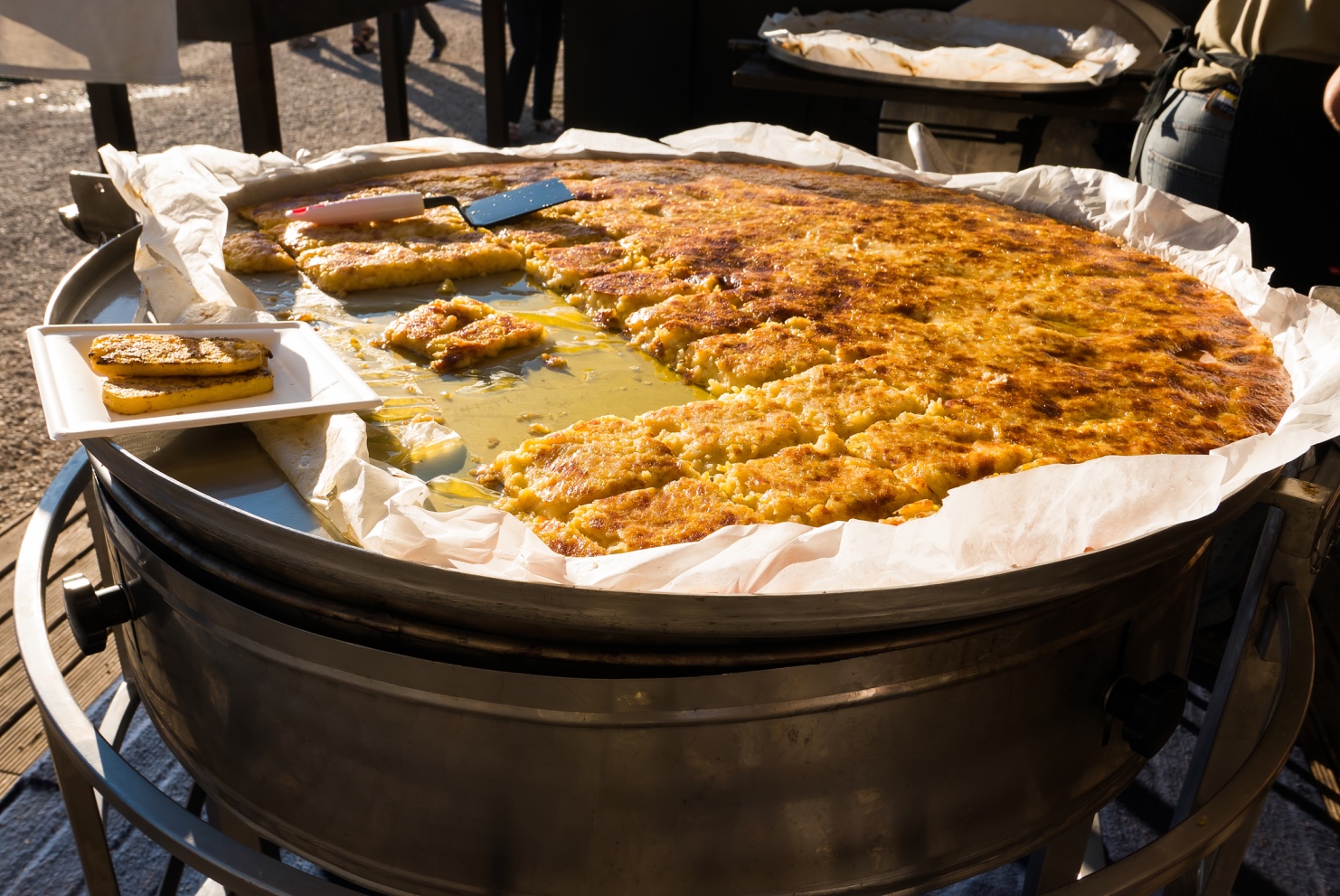It was in 1891, at the age of twenty, that Domenico De Domenico left his home in Santa Lucia, near Messina, Sicily and immigrated to the United States.
He sailed aboard the S.S. Washington from Palermo, arriving in New York on June 24th. Already a barber by trade, he made his way to Boston where others from his home town had already settled. It was there that he learned to speak, read and write English.
In 1895 he travelled to San Francisco and worked in a produce market. He met banker A.P. Giannini, with whom he would have a forty-year banking relationship. By 1912, Giannini had financed DeDomenico’s four produce and grocery stores.
As was the custom in the Italian Colony of San Francisco, a friend showed DeDomenico a picture of a woman from his own home town of Salerno near Naples. After an exchange of photographs and correspondence, DeDomenico invited—at his own expense—Maria Ferrigno and her brother (who served as chaperone) to come to San Francisco. He married her soon thereafter.
Maria Ferrigno turned out to have more up her sleeve than finding a husband in a far-away land. As a girl, Maria had worked in her father’s pasta factory in Italy. They had gone bankrupt and were destitute. They had hoped that by sending their daughter to marry a rich businessman, they would be able to ply their trade in a new place and make their money back. Almost immediately upon arriving, Maria began to work on DeDomenico, trying to convince him to sponsor her family and pay to have them come join them.
In 1912 Maria convinced her husband to set up a pasta factory of their own, with the help of her parents. DeDomenico had to sell his four stores to finance the venture. For his cash investment, DeDomenico received 40% of the company stock. Maria’s parents, who contributed their “experience” in the pasta business, received 60% of the stock.
The first factory was established at 18th and Valencia Streets in San Francisco’s Mission District. The company was known as Gragnano Products after a town in Italy, which was known for its superior macaroni. Gragnano Products provided pasta to Italian restaurants and retail stores throughout the San Francisco Bay Area.
In 1934, the company name was changed to the Golden Grain Macaroni Company. And according to the family, De Domenico’s daughter-in -law Lois created a dish based on a neighbor’s rice pilaf recipe, which was made up of rice and vermicelli. She often served this dish at family dinners. Later a dry chicken soup mix was added and Rice-A -Roni® was created. It was later introduced commercially and went on to be distributed across the country. It now enjoys world-wide acclaim as “The San Francisco Treat!”
In 1941 the plant burned down. DeDomenico was underinsured, and it took all the family’s resources to rebuild. But rebuild they did, and by the end of World War II, the Golden Grain Macaroni Company was operating 24 hours a day, seven days a week to keep up with the demand for their pasta, both in the United States as well as in Italy.
After Domenico DeDomenico died in 1943, his sons Pasquale (Paskey), Vincent, and Tom continued to operate the family business, bringing automation to the production process and keen marketing strategies to their growing distribution network. In the late 1950s, Ghirardelli Chocolate Company decided that after four generations, it was time to sell the family business, two families became the new owners.
The Roth family developed the property into what would someday become the famous tourist attraction known as Ghirardelli Square. The DeDomenico family moved the chocolate-making operations to San Leandro, where they had relocated the macaroni factory years before. Using their marketing know -how and distribution network, the DeDomenico family soon had Ghirardelli chocolate in stores across the nation.
As the DeDomenico brothers grew older and approached retirement age, they doubted that the next generation would be able to muster the wherewithal to remain competitive. In 1986, they decided to sell the family business to Quaker Oats—for $275,000,000. For the De Domenico family, it brought a profitable and honorable end to a small family business that had been started in 1912 with a mere $10,000 invested by the family patriarch, Dominico DeDomenico.
Nickolas Marinelli serves as the Director of Community Relations at the Italian Cemetery in Colma. He would appreciate your feedback, comments and suggestions for future columns. Nickolas can be contacted by e-mail at: Nickolas@ Nostra Colonia.com




























